Ideation and Scoping
With a clear understanding of the problems, I transitioned to defining and validating potential solutions.
Concept Development: I began by conducting a competitive analysis and brainstorming multiple design solutions to address the core pain points. Each concept was grounded in principles of human factors and aimed at reducing user cognitive load. I used rapid sketching to visualize these initial concepts and explore different approaches to the user flows.
Sketching and Visualization: I then translated the most promising ideas into tangible concepts through rapid sketching and the creation of low-fidelity storyboards. This visualization process was critical for exploring different user flows and interaction models before committing to digital wireframes, as well as getting quick insights from the team.
Feasibility and Prioritization: I presented these concepts in collaborative workshops with product managers and engineers. Together, we assessed the technical feasibility and potential user impact of each solution. This process allowed us to balance user needs with business and technical constraints, helping us prioritize features and define the scope for the prototype.
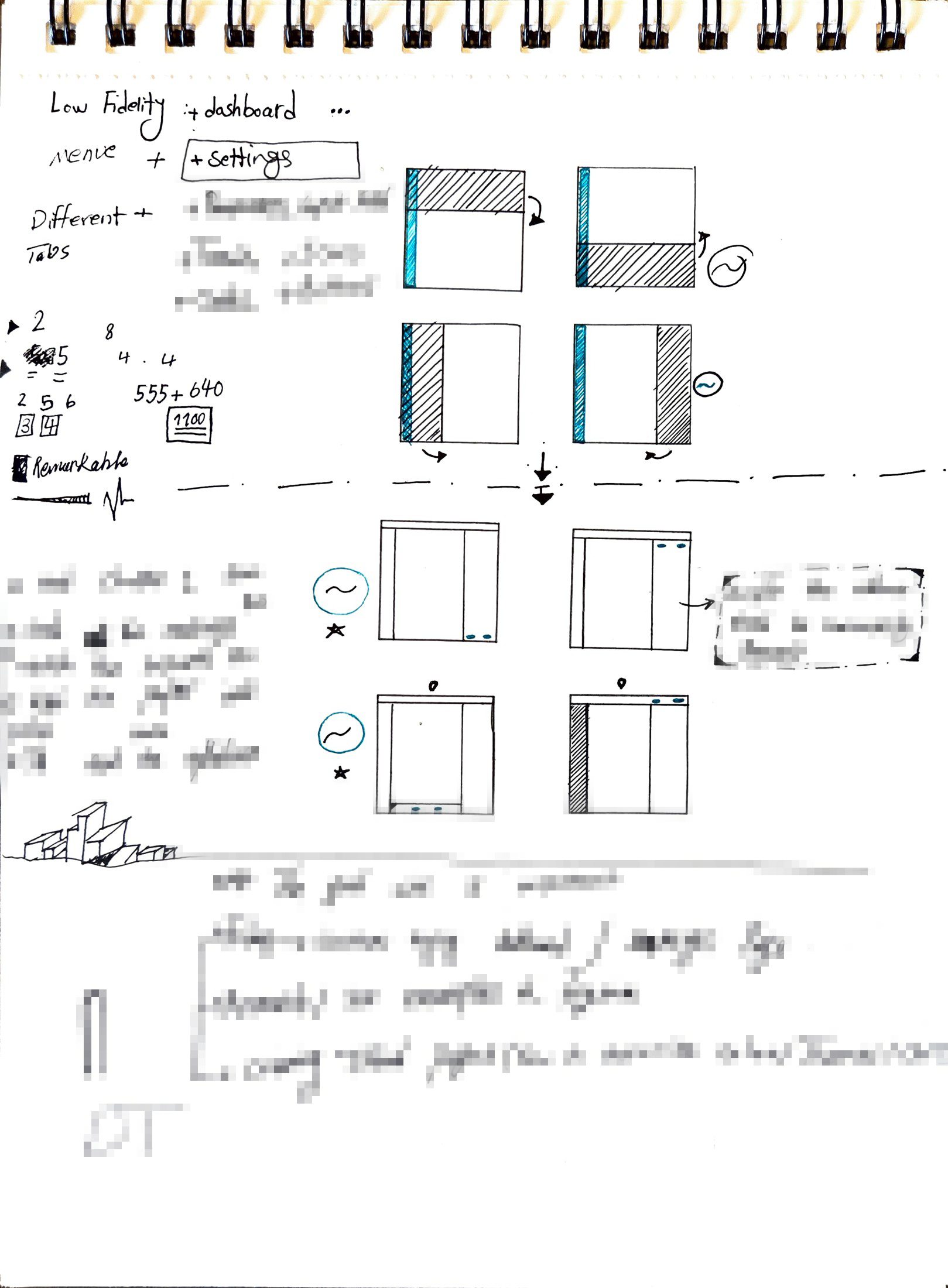
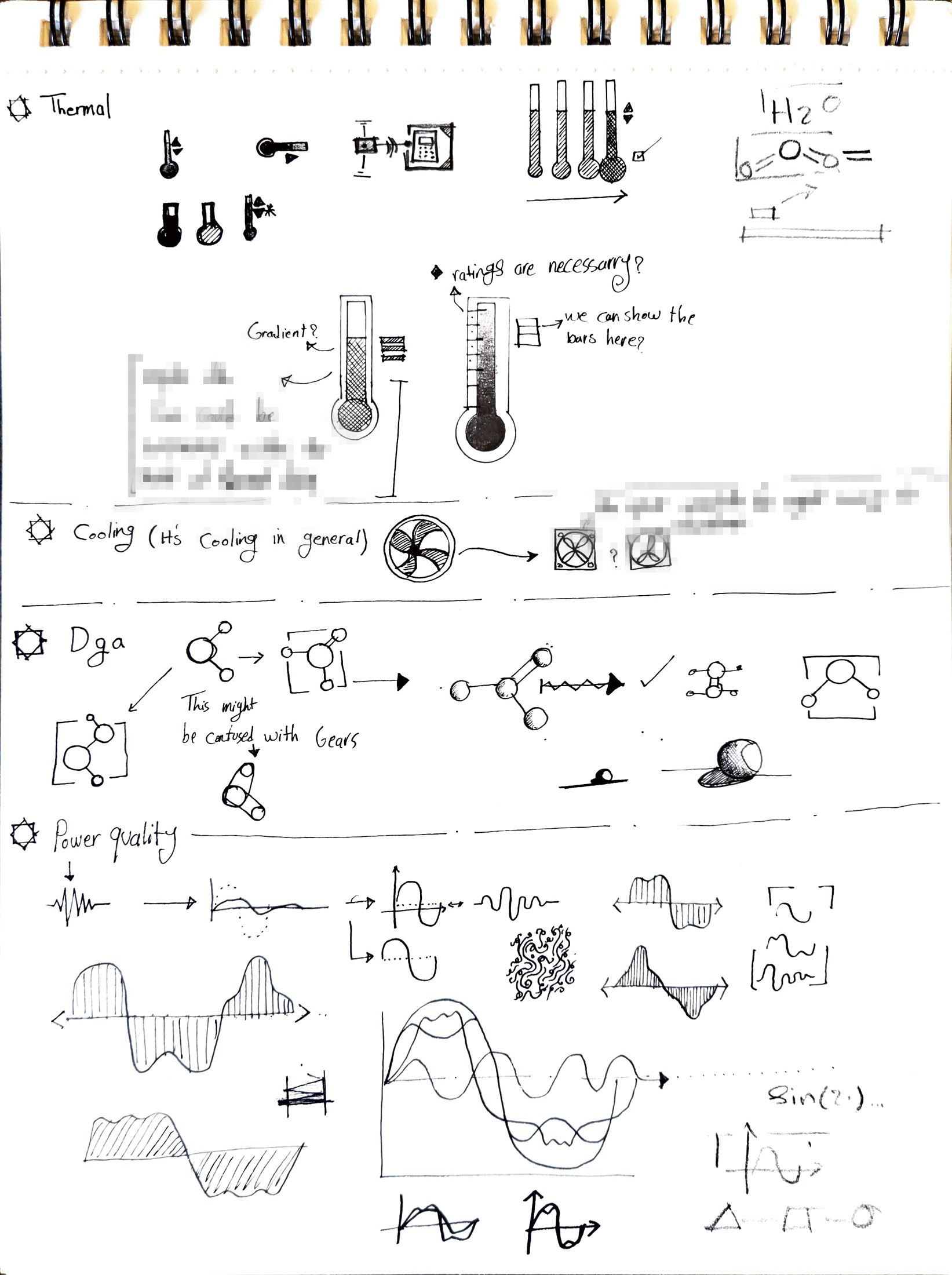
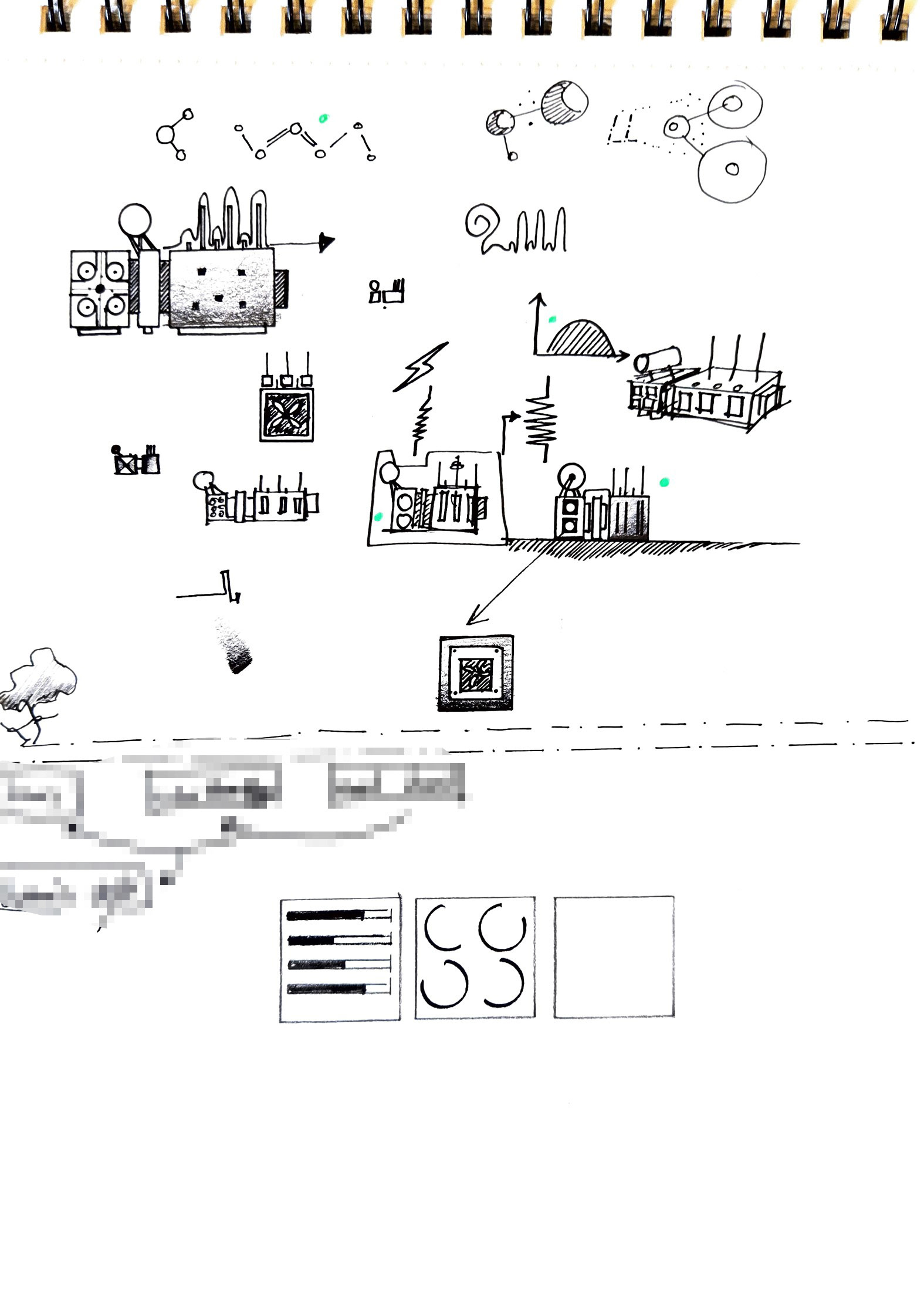
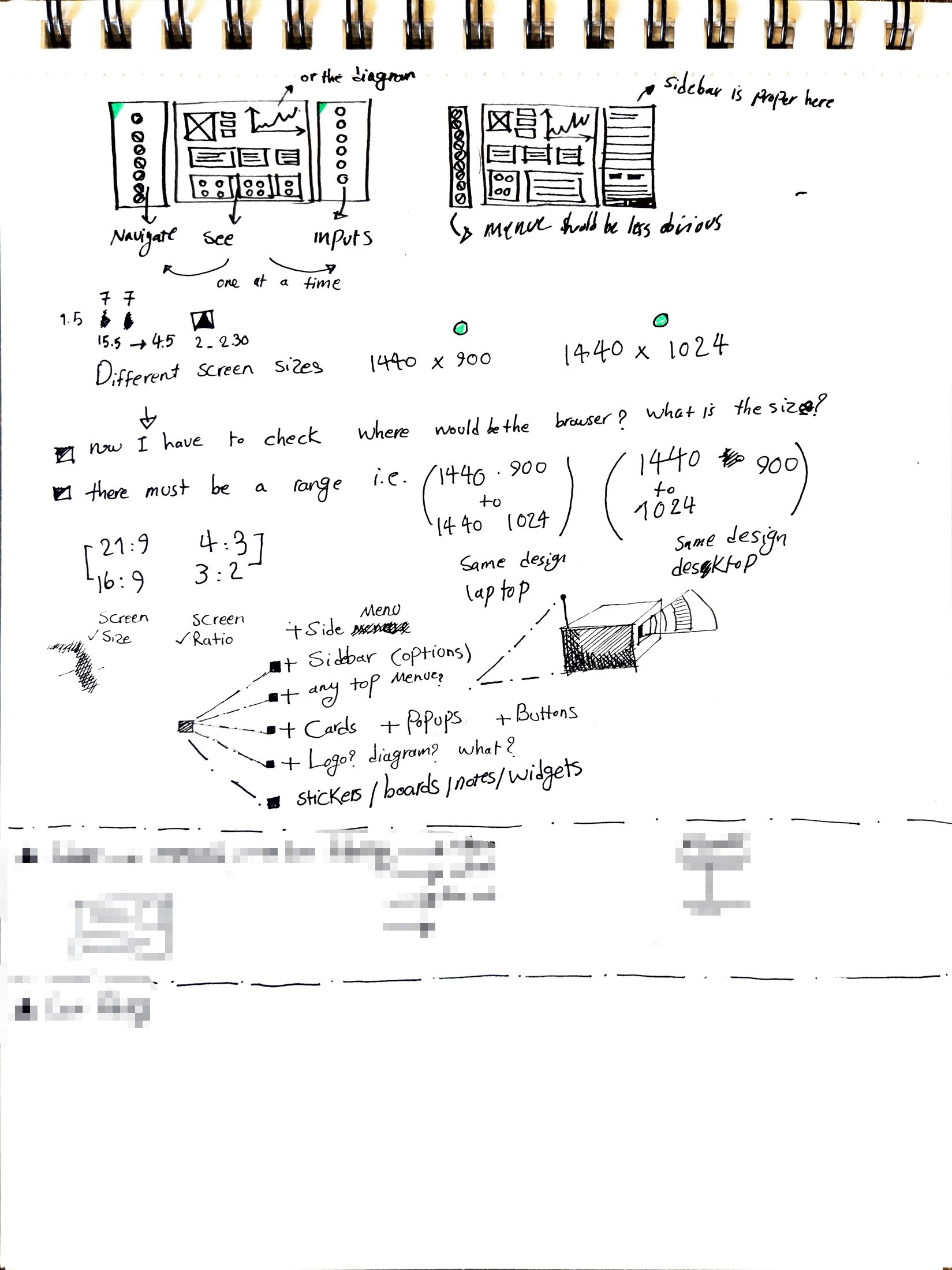

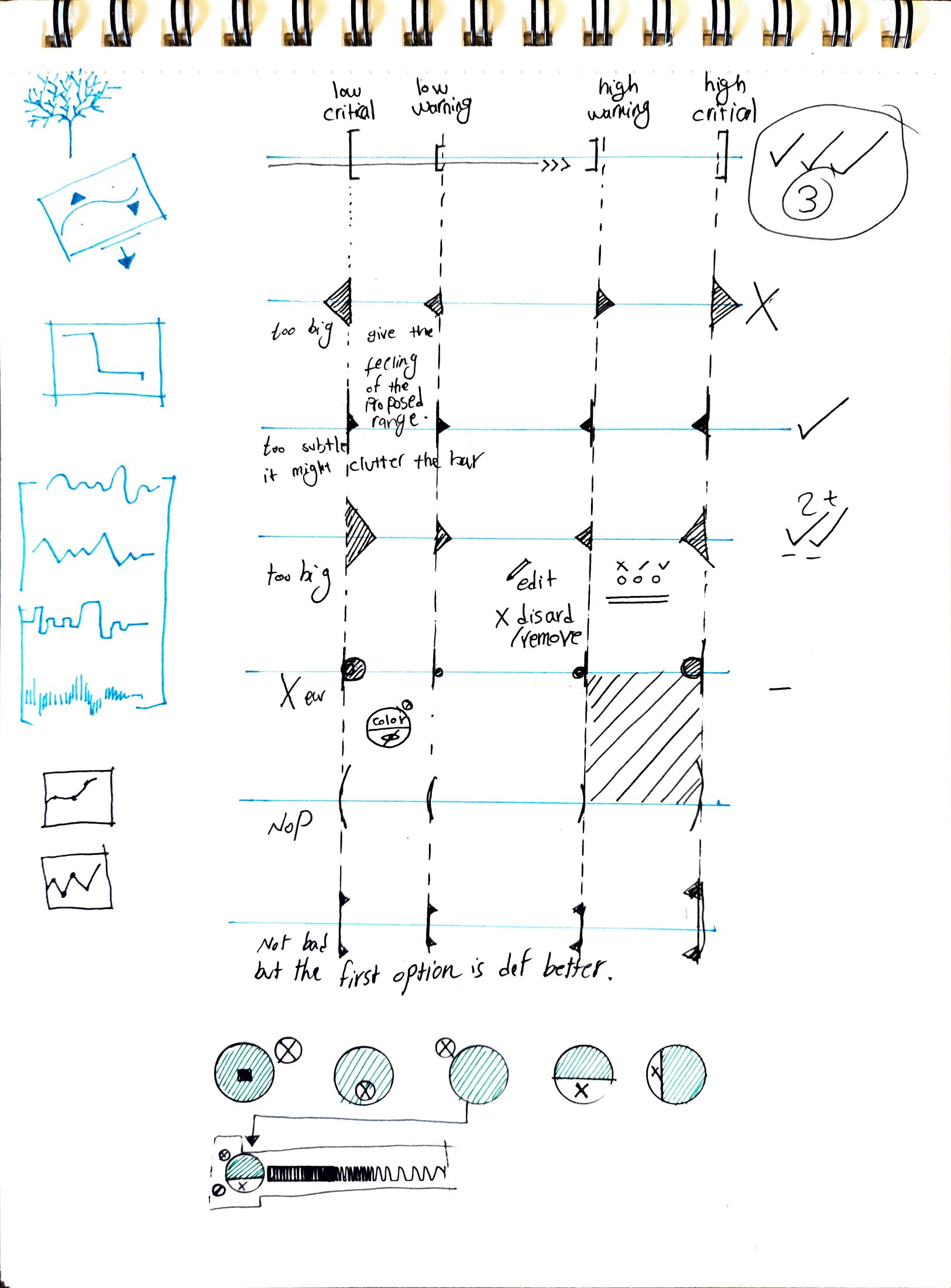
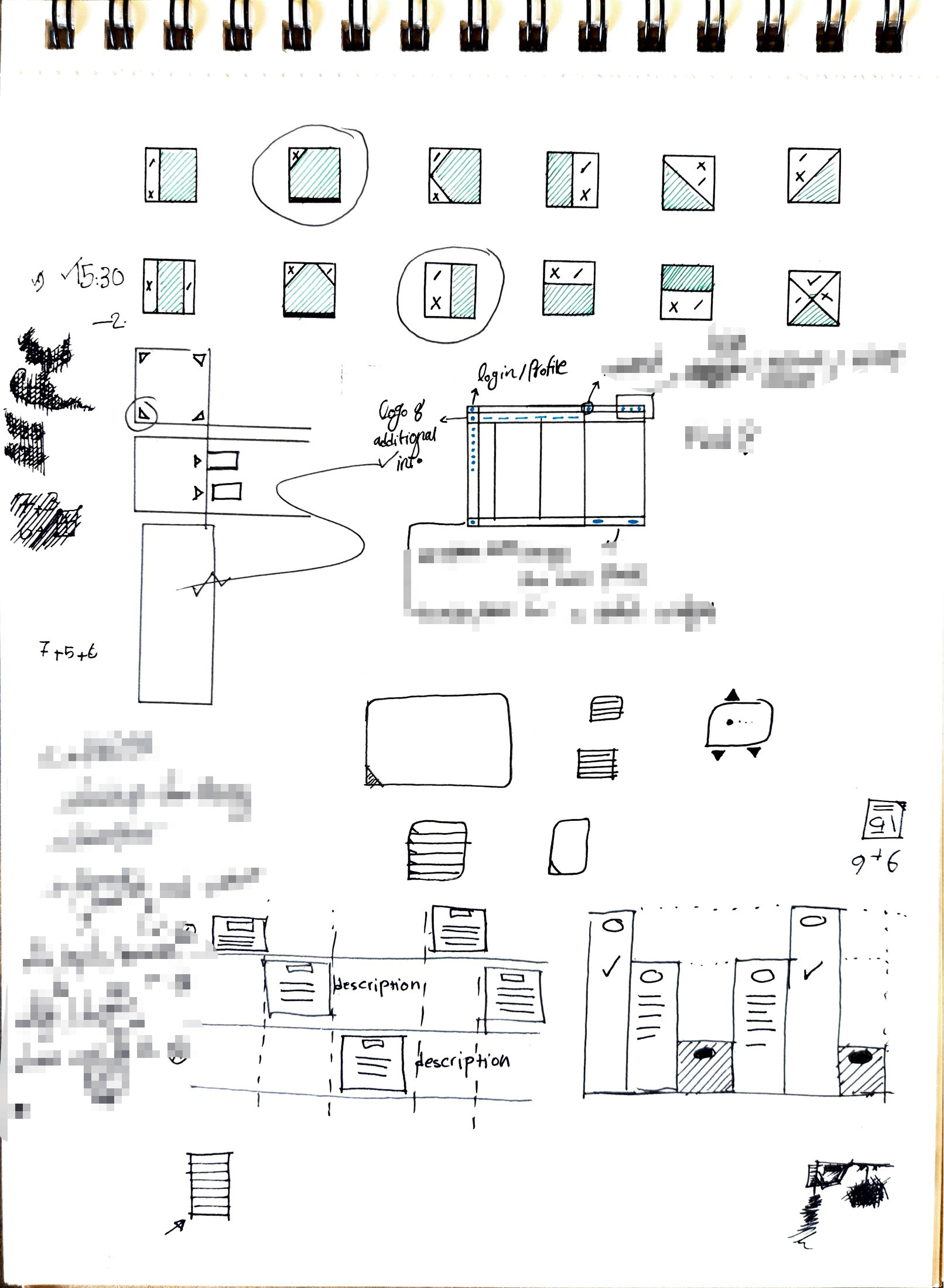
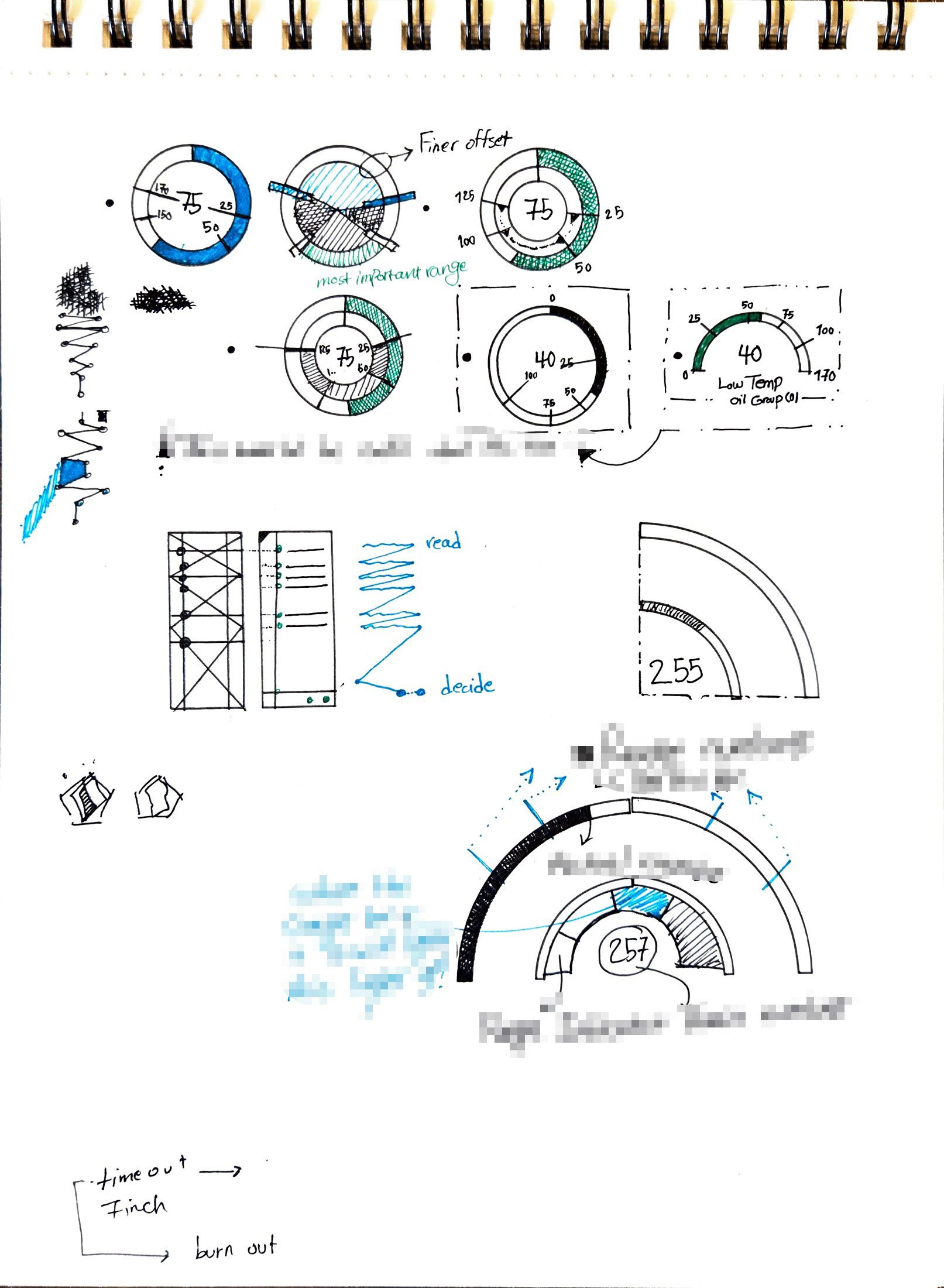

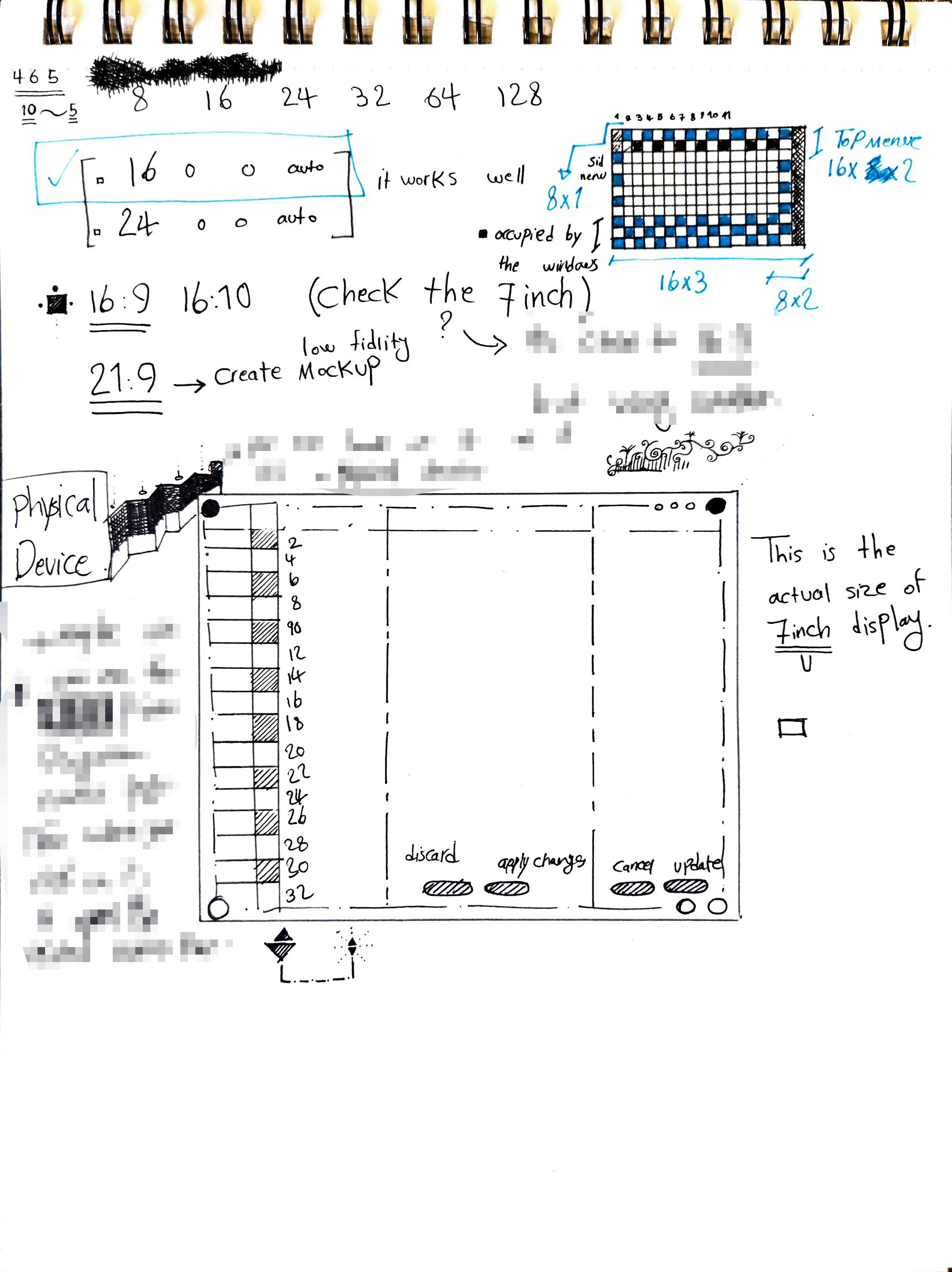



Wireframing and Low-Fidelity Prototyping
To translate the scoped concepts into a testable format, I moved into the wireframing stage.
To translate the scoped concepts into a testable format, I moved into the wireframing stage.
Structural Design: I developed three low-fidelity prototypes by creating 18 interactive wireframes in Figma. This model focused exclusively on testing the redesigned information architecture, validating the new core user flows, and establishing the primary navigational structure of the platform.
Early Validation: The prototype served as a critical tool for gathering early feedback from stakeholders on the fundamental design logic, ensuring alignment on the core user experience before committing resources to visual design and development.

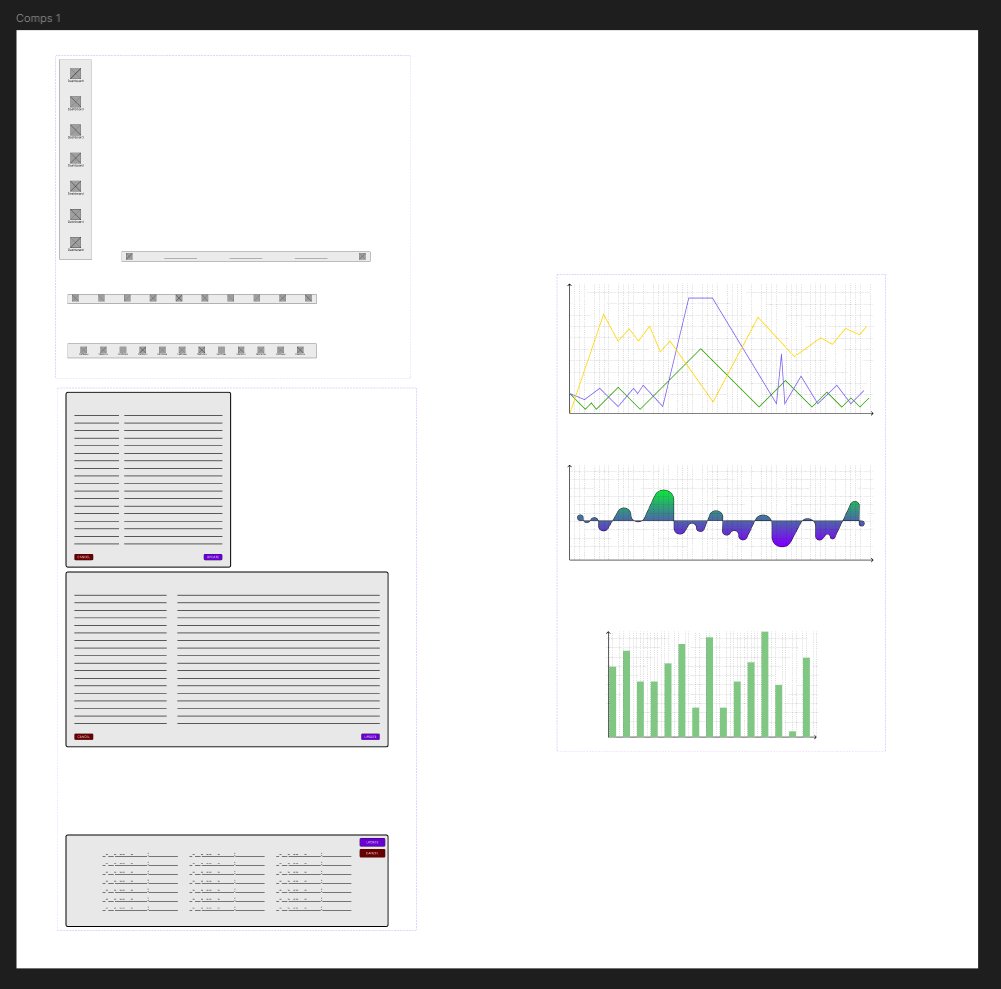


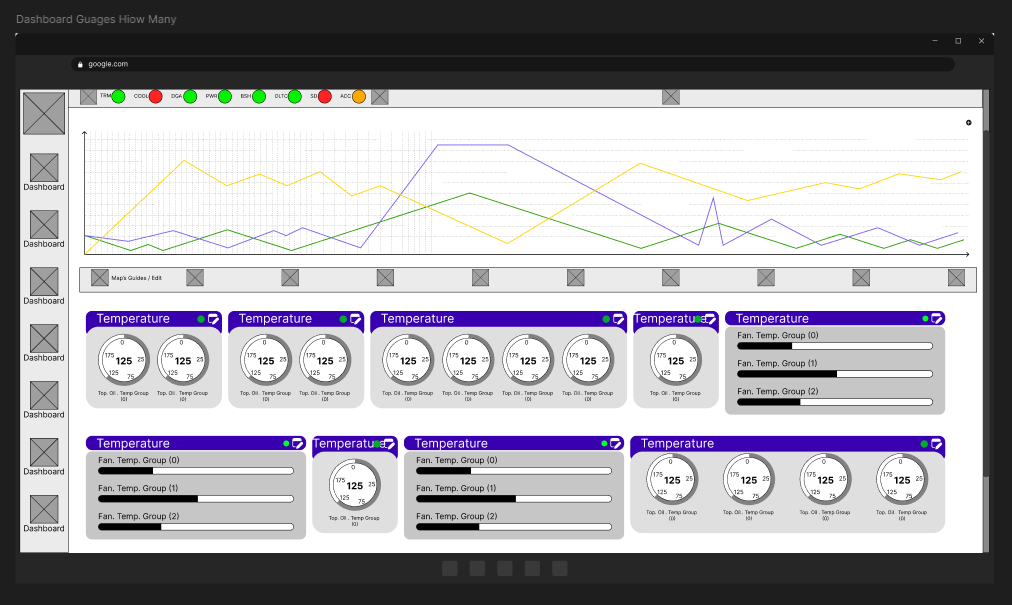


Research Synthesis and Reporting
To ensure the research findings provided lasting value, I created a central repository for all data-driven insights.
Knowledge Management: I authored and maintained a comprehensive research synthesis report. This document organized all findings from the heuristic evaluation, user interviews, and usability testing, categorizing them by theme, evidence, and recommended action.
Team Alignment: This report served as the single source of truth for the project, enabling product managers, engineers, and designers to independently access user data. It ensured all subsequent design and development decisions were directly tied to validated user needs and business goals.
To translate research insights into an actionable plan, I synthesized all identified pain points into a visual prioritization matrix. This framework maps the user impact of each issue (Priority 1-4) against its estimated implementation effort, from easy to complex.
A selection of low-fidelity wireframes built as an interactive prototype. The primary goal was to test the usability of the new information architecture and validate the core navigational model of the platform before committing to high-fidelity design.